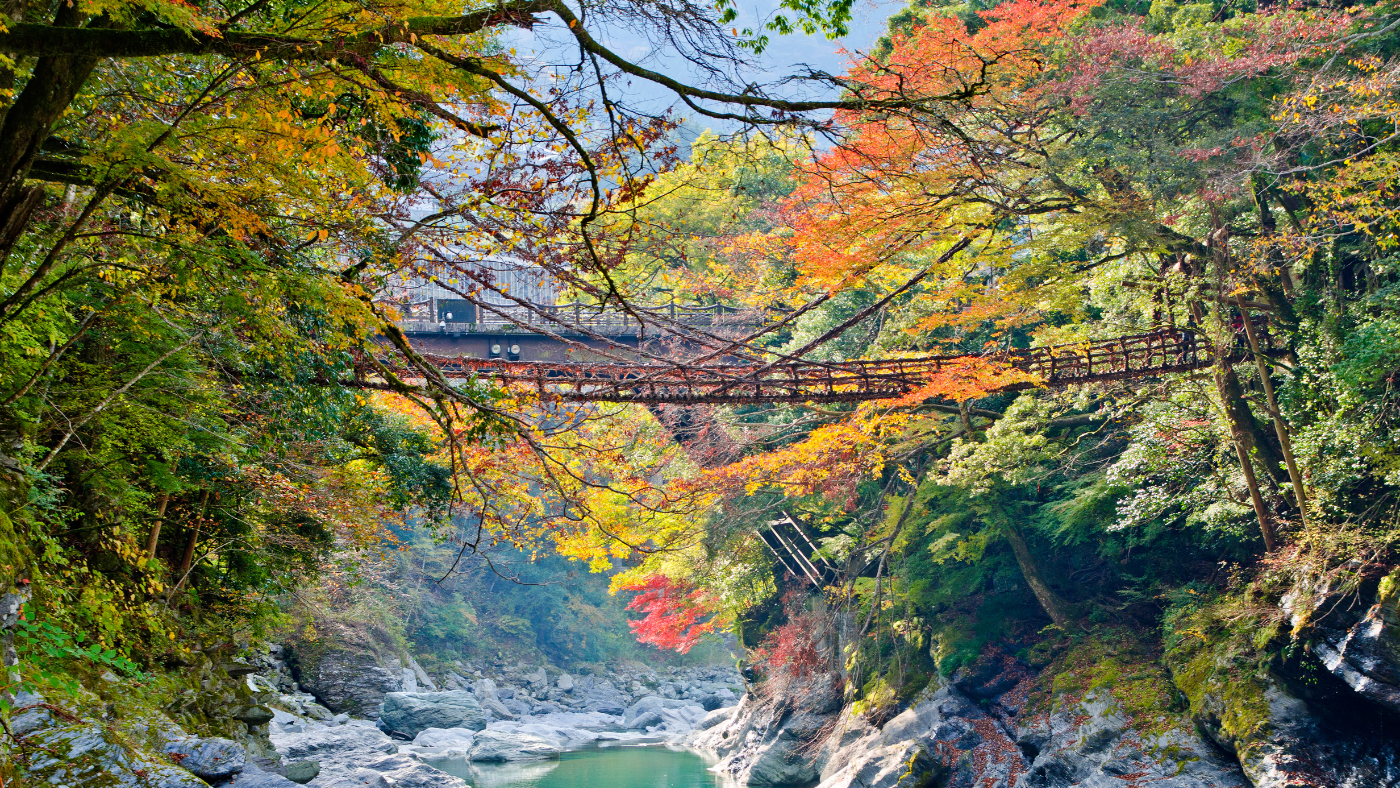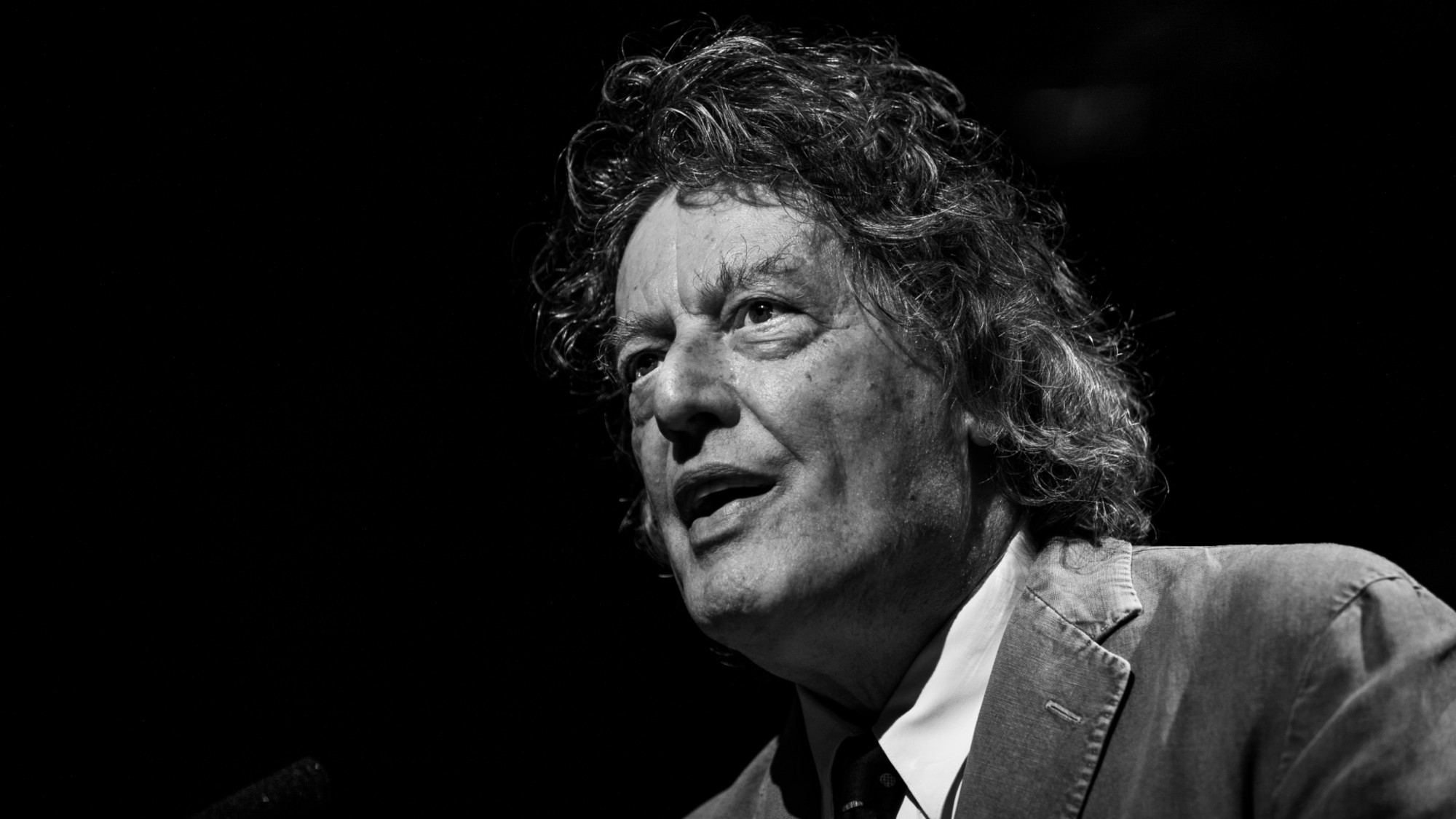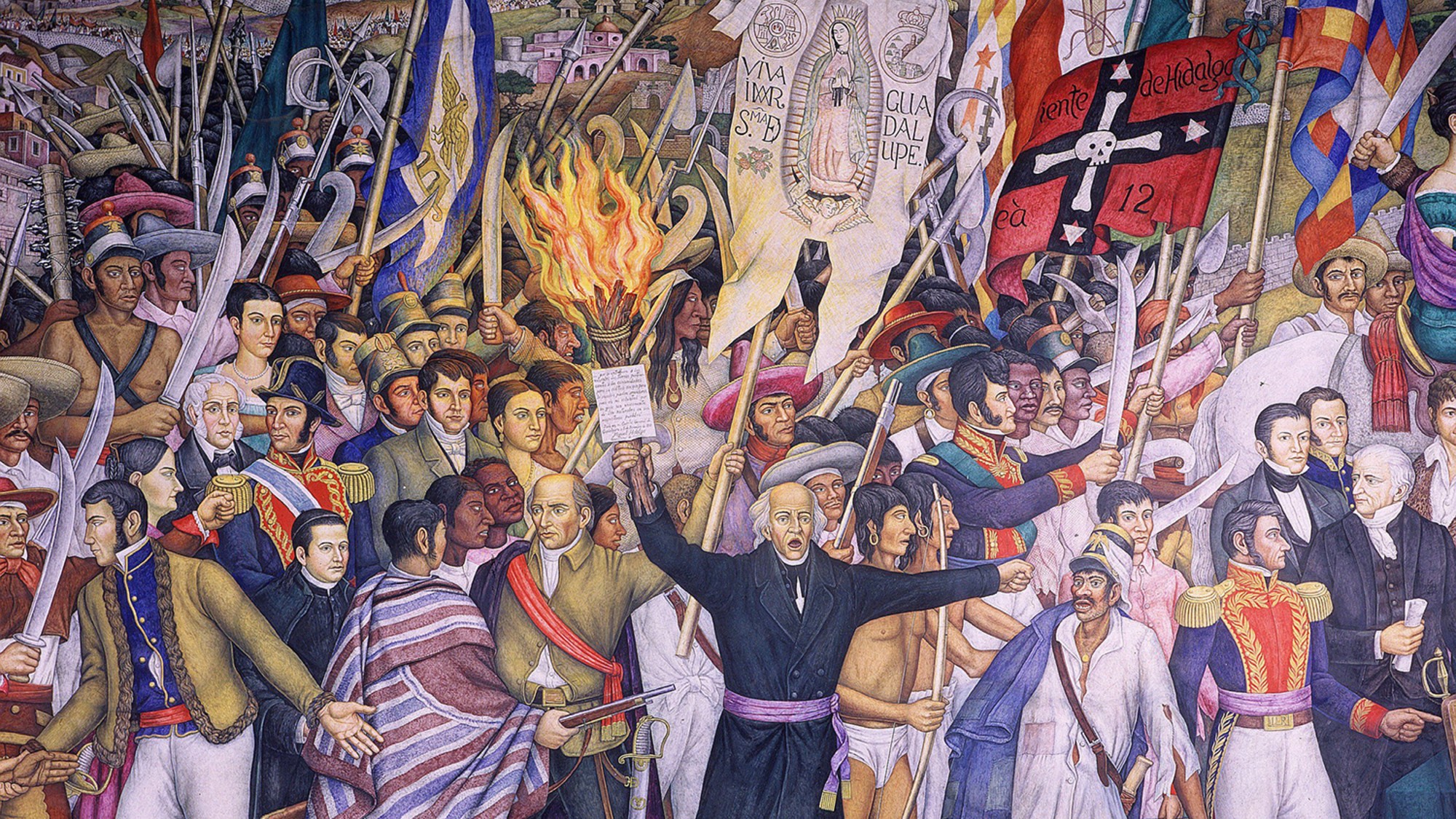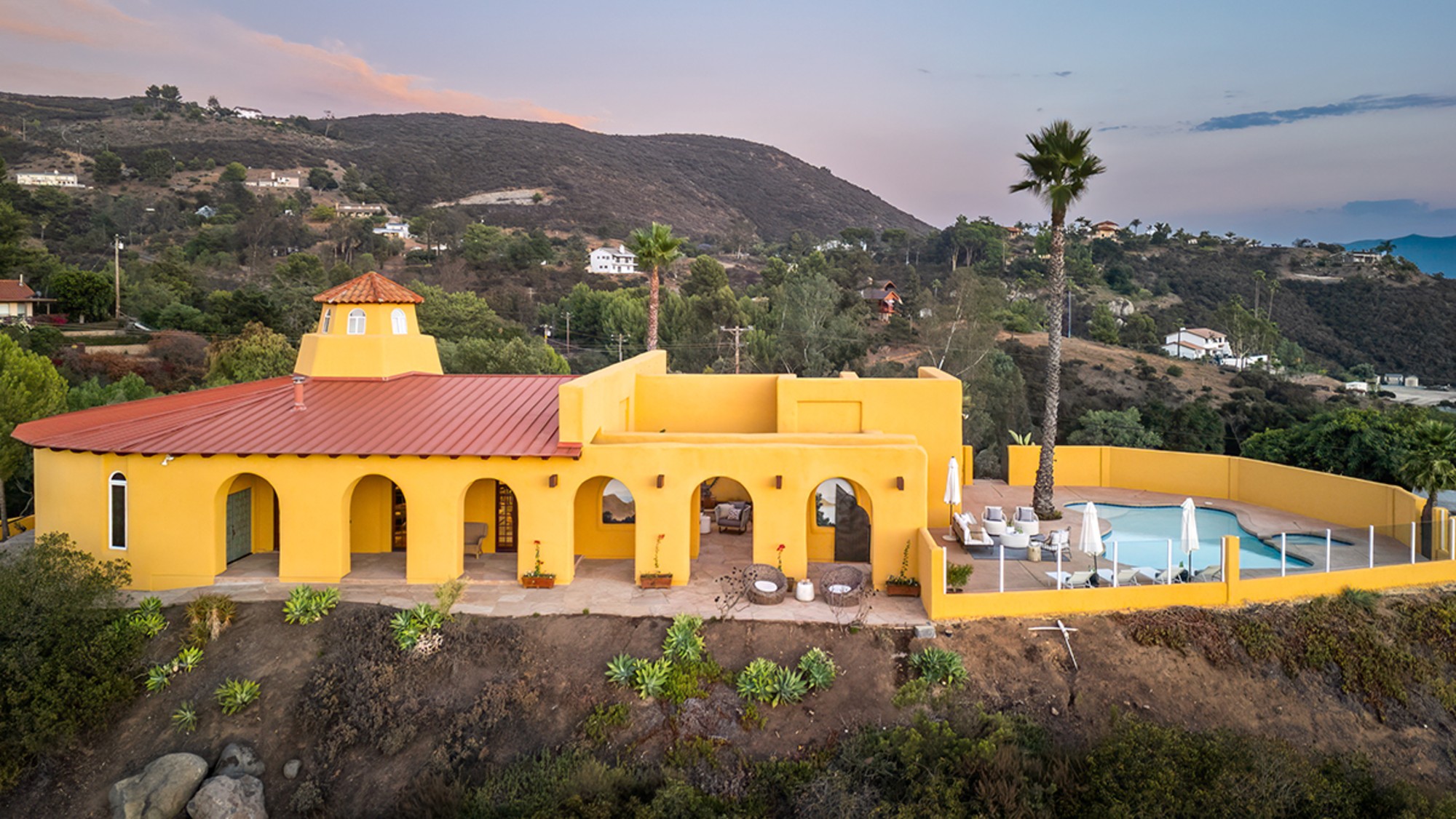A Buddhist pilgrimage route in Japan
Shikoku is known for its forested mountains and slow pace of life

Japan is crisscrossed with ancient pilgrimage routes, and walking them is a slow but rewarding way to experience the country’s religious art and architecture, its cultural traditions, and its wild landscapes.
Among the best known is the Shikoku pilgrimage, says Marta Giaccone in The New York Times – a 750-mile circumnavigation of Shikoku, the smallest of Japan’s four major islands, which takes in 88 Buddhist temples that all claim a connection with the celebrated 9th century monk Kukai, or Kobo Daishi. The route is popular with devotees of Shingon, the Buddhist sect he founded, but also with walkers of other faiths.
Shikoku, in the relatively balmy south of Japan, is known (among other things) for its steep, forested mountains, its traditional rural villages and its relatively slow pace of life. Kukai was born here into an aristocratic family in AD774, and travelled to the city of Xian in China in 804 to study the esoteric Buddhist traditions from which the Shingon sect – one of the major schools of Buddhism in Japan – would develop. Among the temples on the Shikoku pilgrimage route are the sites of his birth and burial, and places where he is said to have meditated or performed particular rites. Some pilgrims visit them on bus tours, or combine walking and driving.
The Week
Escape your echo chamber. Get the facts behind the news, plus analysis from multiple perspectives.

Sign up for The Week's Free Newsletters
From our morning news briefing to a weekly Good News Newsletter, get the best of The Week delivered directly to your inbox.
From our morning news briefing to a weekly Good News Newsletter, get the best of The Week delivered directly to your inbox.
The route, 80% of which is on asphalt, takes you through open fields and small towns, along beautiful shores and, occasionally, over mountain passes. Accommodation is generally in family-operated bed and breakfasts and traditional inns, many offering “delectable” food.
The peace and “vastness” of the landscape, and the sometimes “stunning” views, make for “an abiding aura of serenity” – and so does the generosity of the local people, among whom “warmheartedness” towards pilgrims is a firm tradition, exemplified in the practice of osettai, or the giving of gifts, ranging from snacks and sweets to offers of lifts and even free overnight stays in temple lodges.
Sign up for The Week’s Travel newsletter for destination inspiration and the latest news and trends.
A free daily email with the biggest news stories of the day – and the best features from TheWeek.com
-
 Political cartoons for December 7
Political cartoons for December 7Cartoons Sunday’s political cartoons include the Trump-tanic, AI Santa, and the search for a moderate Republican
-
 Trump’s poll collapse: can he stop the slide?
Trump’s poll collapse: can he stop the slide?Talking Point President who promised to ease cost-of-living has found that US economic woes can’t be solved ‘via executive fiat’
-
 Sudoku hard: December 7, 2025
Sudoku hard: December 7, 2025The daily hard sudoku puzzle from The Week
-
 Wake Up Dead Man: ‘arch and witty’ Knives Out sequel
Wake Up Dead Man: ‘arch and witty’ Knives Out sequelThe Week Recommends Daniel Craig returns for the ‘excellent’ third instalment of the murder mystery film series
-
 Zootropolis 2: a ‘perky and amusing’ movie
Zootropolis 2: a ‘perky and amusing’ movieThe Week Recommends The talking animals return in a family-friendly sequel
-
 Storyteller: a ‘fitting tribute’ to Robert Louis Stevenson
Storyteller: a ‘fitting tribute’ to Robert Louis StevensonThe Week Recommends Leo Damrosch’s ‘valuable’ biography of the man behind Treasure Island
-
 The rapid-fire brilliance of Tom Stoppard
The rapid-fire brilliance of Tom StoppardIn the Spotlight The 88-year-old was a playwright of dazzling wit and complex ideas
-
 ‘Mexico: A 500-Year History’ by Paul Gillingham and ‘When Caesar Was King: How Sid Caesar Reinvented American Comedy’ by David Margolick
‘Mexico: A 500-Year History’ by Paul Gillingham and ‘When Caesar Was King: How Sid Caesar Reinvented American Comedy’ by David Margolickfeature A chronicle of Mexico’s shifts in power and how Sid Caesar shaped the early days of television
-
 Homes by renowned architects
Homes by renowned architectsFeature Featuring a Leonard Willeke Tudor Revival in Detroit and modern John Storyk design in Woodstock
-
 Film reviews: ‘Hamnet,’ ‘Wake Up Dead Man’ and ‘Eternity’
Film reviews: ‘Hamnet,’ ‘Wake Up Dead Man’ and ‘Eternity’Feature Grief inspires Shakespeare’s greatest play, a flamboyant sleuth heads to church and a long-married couple faces a postmortem quandary
-
 We Did OK, Kid: Anthony Hopkins’ candid memoir is a ‘page-turner’
We Did OK, Kid: Anthony Hopkins’ candid memoir is a ‘page-turner’The Week Recommends The 87-year-old recounts his journey from ‘hopeless’ student to Oscar-winning actor